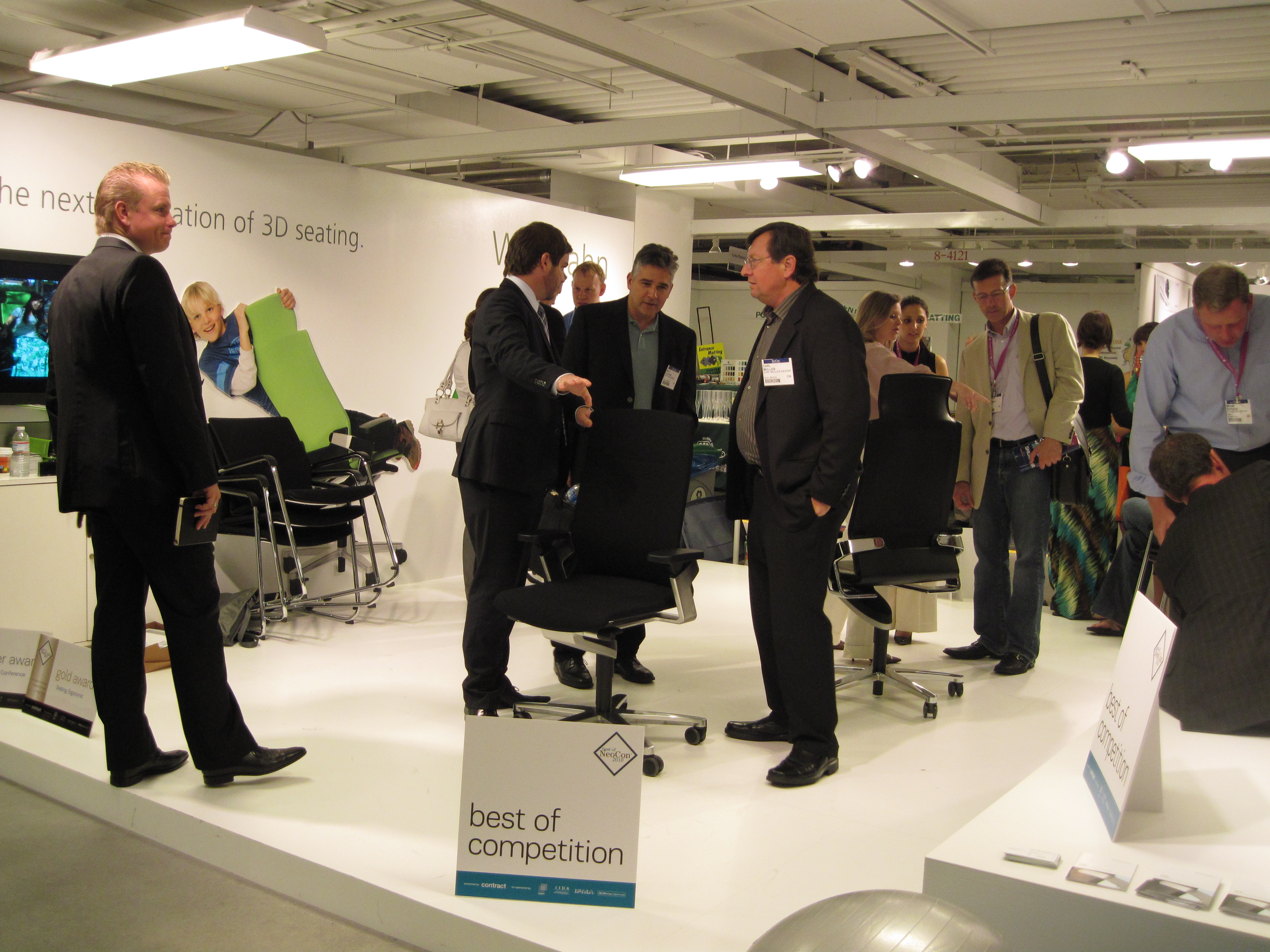NeoCon 2010: Overcoming Barriers to Green Building
All too often green building is impeded by finger-pointing and adversarial relationships between building owners and their tenants.
June 17, 2010
By Diana Mosher, Contributing Editor
CHICAGO – Commercial real estate has been notably ahead of residential when it comes to green practices—with office buildings leading the way. The most successful examples frequently involve owner occupants and multi-generational real estate families that have a long-term view.
All too often green building is impeded by finger-pointing and adversarial relationships between building owners and their tenants. Progress can be delayed indefinitely while disagreements about who’s responsible for implementing the green agenda are sorted out. Other barriers to green building include shortage of capital, legal and regulatory restrictions on borrowing to improve a building, and short-term focus vs lifecycle.
During NeoCon World’s Trade Fair 2010, Susan Aiello, CID, LEED AP, provided facilities executives and commercial space planners with useful suggestions in a seminar titled “Addressing Barriers to Sustainable Design.” Increased operation costs equal decreased property value, noted Aiello. “By the next three years buildings that don’t have a green strategy in place will be at a disadvantage with higher operating costs.”
Since skeptics are likely to point out that data can be manipulated, avoid research from the green community when stating your case for green construction, build-outs or tenant leases. Instead, said Aiello, obtain buy-in by presenting studies from sources they can relate to such as CoStar or “The Dollars and Sense of Green Retrofits,” a report co-authored by Deloitte with green real estate authority and consultant Charles Lockwood.
Findings from Deloitte’s survey of organizations that have undergone at least one LEED-certified green building retrofit include: While savings from energy efficiency was a top goal, as cited by 75 percent of respondents, corporate environmental commitment was the leading motive. Seventy-three percent of respondents reported an actual cost savings resulting from the retrofit. Ninety-three percent of respondents reported a greater ability to attract talent. Eighty-one percent of respondents saw greater employee retention. Eighty-seven percent of respondents experienced an improvement in workforce productivity. Seventy-five percent of respondents reported improvement in employee health. One hundred percent of respondents experienced an increase in goodwill/brand equity.
Case studies can also be persuasive. Multinational construction and development company Skanska is a sustainable powerhouse. Its Empire State Building office was built out to the LEED CI Platinum standard with features like daylight harvesting. The project reportedly cost 4.5 percent more than a standard Class A construction. According to Aiello, an Energy Star building can fetch a higher rental rate; also, occupancy rates are less likely to go down in a LEED building even during an economic downturn.
“Interface was the first carpet company that said ‘We will not be polluters any more, and we will get away from our dependence on fossil fuel,” said Aiello. “Ray Anderson is a recognized industry leader—and a sharp businessman. The cost of [carpet] construction plummets if you’re not using new fossil fuels. The industry listened when Ray Anderson said Interface was going green, and they said ‘We’d better’ [do the same].”
Don’t be deterred from green building objectives, added Aiello. “CEOs and investment bankers will listen to these people.”
There’s also an increase in green legislation on the federal, state and city levels. “High-level executives are held accountable,” she said. “Increased requirements equal decreased incentives,” added Aiello, so the time to green commercial buildings is now while there are still incentives. DSIRE is a comprehensive source of information on state, local, utility and federal incentives and policies that promote renewable energy and energy efficiency. Established in 1995 and funded by the U.S. Department of Energy, DSIRE is an ongoing project of the N.C. Solar Center and the Interstate Renewable Energy Council.
Diana Mosher is editor-in-chief of Multi-Housing News and can be reached at dmosher@multi-housingnews.com.








You must be logged in to post a comment.